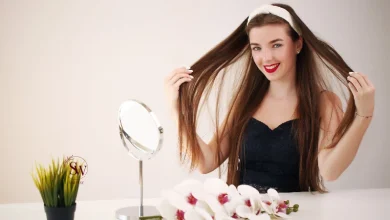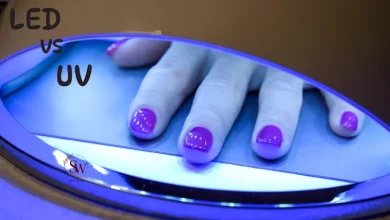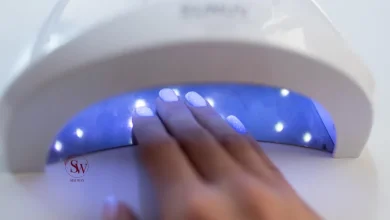Hair Care for Low Porosity Hair
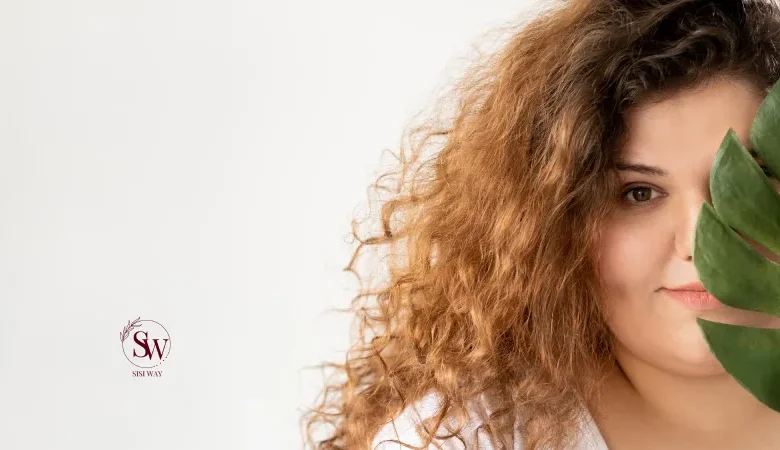
Perfect Hair Care for Low Porosity Hair
Low porosity hair can be a blessing with its ability to retain moisture, but it also presents unique challenges when it comes to hair care. Understanding the characteristics and specific needs of low porosity hair is essential to develop an effective hair care routine. In this article of sisiway, we will explore the best practices and tips to keep your low porosity hair healthy, moisturized, and looking its best.
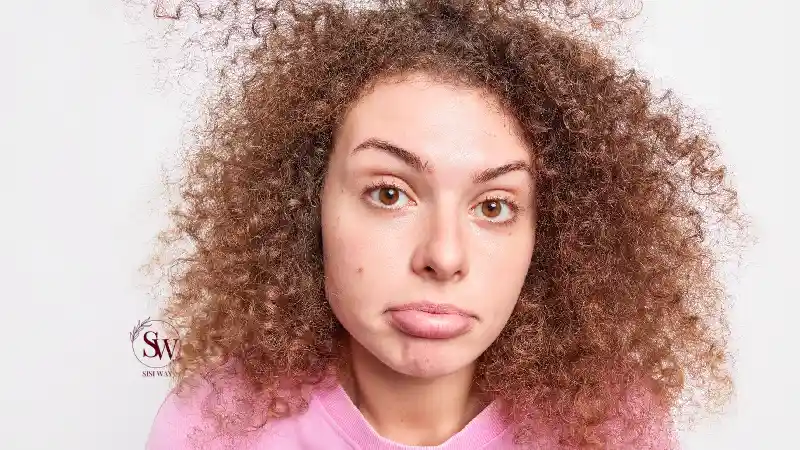
What does Low Porosity Hair Look Like?
Low porosity hair is characterized by tightly sealed cuticles that make it difficult for moisture to penetrate the hair shaft. As a result, low porosity hair tends to repel water, making it prone to dryness and product buildup. It often feels resistant to moisture and takes longer to dry. Identifying the features of your hair porosity is crucial to tailor your hair care routine accordingly.
Also read: What is a Good Hair Care Routine?
Cleansing Low Porosity Hair:
When it comes to washing low porosity hair, it’s important to strike a balance between cleansing and avoiding product buildup. Here are some key tips:
-
Clarifying Shampoo for Low Porosity Hair
Clarifying regularly is an essential step in the hair care routine for low porosity hair. Due to the tendency of low porosity hair to repel moisture and product buildup, clarifying helps to remove accumulated residue and impurities that can weigh down the hair. By using a clarifying shampoo once a month, you can effectively cleanse the scalp and hair, promoting a healthy environment for optimal hair growth and moisture absorption. Regular clarifying not only prevents product buildup but also enhances the effectiveness of conditioning treatments and allows your low porosity hair to thrive with renewed vitality and luster.
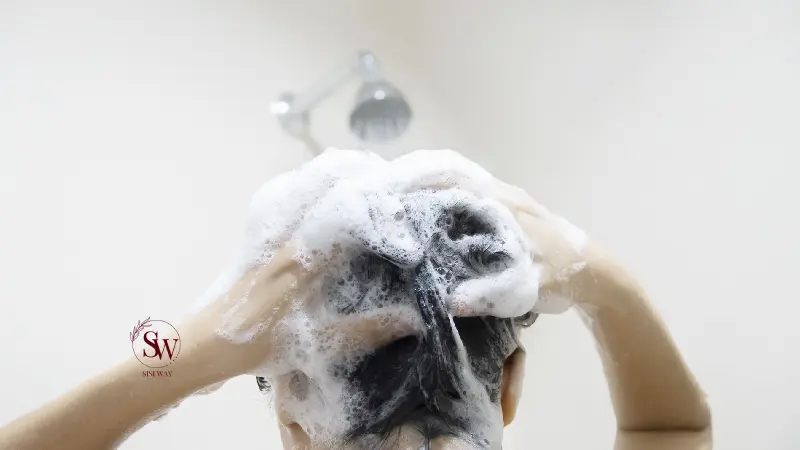
-
Use Warm Water:
Using warm water is an important practice when caring for low porosity hair. Warm water helps to open up the hair cuticles, allowing for better product absorption and penetration of moisture. Unlike hot water, which can strip the hair of its natural oils and cause dryness, warm water is gentle and helps to retain moisture in the hair. When washing or rinsing your low porosity hair, using warm water can enhance the effectiveness of your hair care routine, leaving your hair hydrated, soft, and manageable.
-
Gentle Cleansers:
Gentle cleansers are a necessity when it comes to caring for low porosity hair. Low porosity hair is prone to product buildup and can easily become weighed down, making it essential to use mild and sulfate-free shampoos. These gentle cleansers effectively remove dirt and excess oils from the hair and scalp without stripping away the natural oils that are crucial for maintaining moisture balance. By opting for gentle cleansers, you can cleanse your low porosity hair without causing further dryness or damage, allowing it to stay healthy, moisturized, and vibrant.
Moisturizing Low Porosity Hair:
Moisture retention is crucial for low porosity hair. Here are some strategies to keep your locks hydrated:
-
Pre-Poo Treatment:
A pre-poo treatment is a valuable step in the hair care routine for low porosity hair. Pre-pooing involves applying a lightweight oil or conditioner to the hair before shampooing. This treatment creates a protective barrier that helps to prevent moisture loss during the washing process, which is especially beneficial for low porosity hair that struggles to absorb moisture easily. By pre-pooing, you can ensure that your hair retains its natural oils and moisture, resulting in softer, more manageable hair. Additionally, the pre-poo treatment helps to reduce tangling and breakage, making the detangling process much easier. Incorporating a pre-poo treatment into your routine can significantly improve the overall health and appearance of your low porosity hair.
-
Deep Conditioning:
Deep conditioning is an essential step in the care of low porosity hair. This treatment involves applying a rich, moisturizing conditioner or mask to the hair and leaving it on for an extended period, typically with the aid of heat. Deep conditioning helps to replenish moisture, nourish the hair, and improve its elasticity. For low porosity hair, which often struggles to retain moisture, deep conditioning is particularly beneficial as it allows the hair shaft to fully absorb the hydrating ingredients. Regular deep conditioning sessions help to restore and maintain the optimal moisture balance, leaving low porosity hair soft, manageable, and less prone to breakage. It is a vital component of a comprehensive hair care routine for low porosity hair.
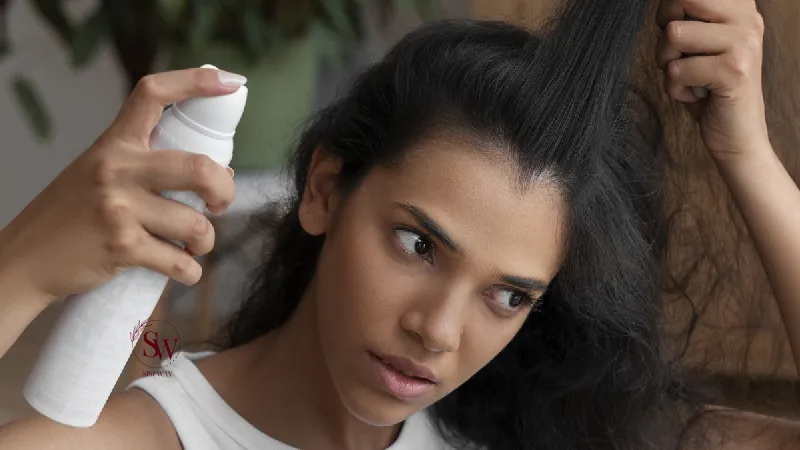
-
LCO/LOC Method:
The LCO (Liquid, Cream, Oil) or LOC (Liquid, Oil, Cream) method is a highly effective technique for moisturizing and sealing in moisture for low porosity hair. The LCO/LOC method involves applying a liquid or water-based leave-in conditioner to damp hair as the first step to provide hydration. This is followed by sealing in the moisture with a light oil or oil-based product to prevent moisture loss. Finally, a creamy moisturizer or butter is applied to further lock in the moisture and provide lasting hydration. This layering technique helps low porosity hair to retain moisture for longer periods, keeping it moisturized, soft, and manageable. By following the LCO/LOC method, individuals with low porosity hair can overcome the challenges of moisture absorption and maintain healthy, well-hydrated locks.
Read more: How to Make Your Hair Grow Faster?
Styling Tips for Low Porosity Hair:
Styling low porosity hair can be a challenge, but with the right techniques, you can achieve beautiful results:
-
Avoid Heavy Products:
Avoiding heavy products is crucial when it comes to caring for low porosity hair. Low porosity hair tends to have tightly sealed cuticles, making it more prone to product buildup. Heavy oils, butters, and creams can weigh down the hair, leading to excessive residue and making it difficult for moisture to penetrate the hair shaft. Instead, opt for lightweight and water-based products that are specifically formulated for low porosity hair. These products are lighter in texture, allowing for better absorption and preventing buildup. By avoiding heavy products, you can keep your low porosity hair light, bouncy, and full of natural movement, while ensuring that it receives the necessary moisture without becoming weighed down.
-
Finger Detangling:
Finger detangling is a gentle and effective method for managing low porosity hair. Low porosity hair can be more prone to tangling and breakage, so using your fingers to carefully detangle is a recommended approach. Unlike using a brush or comb, which can cause friction and lead to damage, finger detangling allows you to feel and work through knots and tangles with greater control. It helps to minimize breakage and preserve the natural curl pattern of your hair. By taking the time to patiently finger detangle, you can maintain the health and integrity of your low porosity hair, promoting smoother, healthier strands.
-
Heat Styling with Caution:
When it comes to heat styling low porosity hair, caution should be exercised. While occasional heat styling can be a part of your styling routine, excessive heat can lead to dryness and damage. It’s important to use heat styling tools, such as flat irons or curling wands, at moderate temperatures and always apply a heat protectant spray beforehand. Additionally, limit the frequency of heat styling to minimize the potential for heat damage. Embracing heat-free styling methods, like air-drying or using heatless curling techniques, can help maintain the moisture and integrity of low porosity hair. By using heat styling tools with caution and incorporating heat-free styling options, you can enjoy the versatility of styling while keeping your low porosity hair healthy and protected.
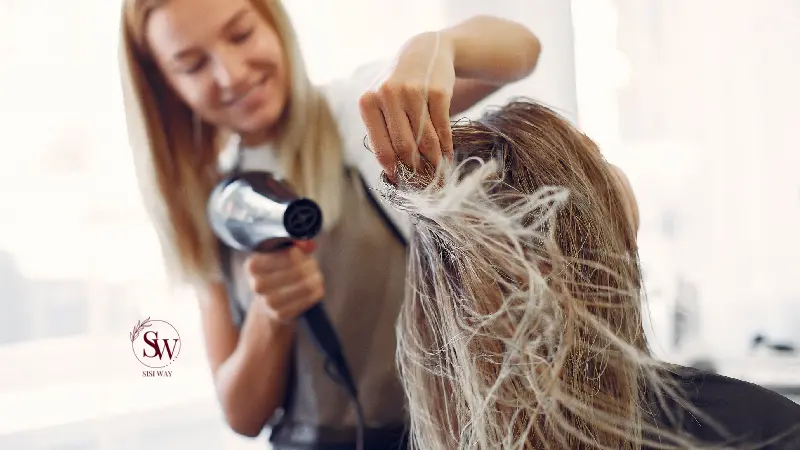
FAQ
- How often should I clarify my low porosity hair?
It is recommended to clarify low porosity hair once a month or as needed to remove product buildup and impurities. However, be mindful not to overdo it, as excessive clarifying can strip the hair of its natural oils.
- Can I use heavy oils on my low porosity hair?
It is generally best to avoid heavy oils on low porosity hair, as they can weigh it down and contribute to product buildup. Instead, opt for lightweight oils or oil-based products that are easily absorbed by the hair without leaving a heavy residue.
- How often should I deep condition my low porosity hair?
Deep conditioning low porosity hair once a week or every two weeks can help replenish moisture and improve its overall health. Adjust the frequency based on the needs of your hair, but be cautious not to overdo it, as excessive deep conditioning may lead to product buildup.
Conclusion:
Caring for low porosity hair requires a tailored approach that focuses on moisture retention and avoiding product buildup. By understanding the unique characteristics of your hair and following the tips mentioned in this article, you can achieve healthy, moisturized, and beautiful low porosity hair. Embrace your hair’s natural beauty and enjoy the journey of discovering what works best for you!
Also read: Everything About Curly Hair

